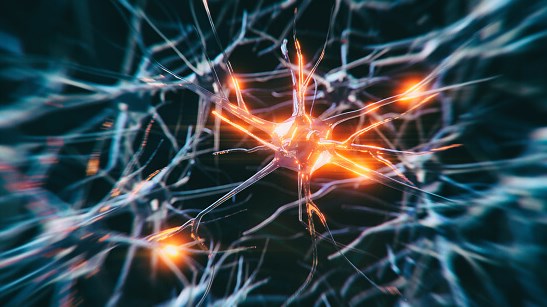Deciphering Discomfort: Understanding the Science of Pain and its Modulation
&srotate=0)
What is Pain?
Pain is an unpleasant sensation that signals the potential or actual presence of injury in the body. Nociceptors, specialized sensory neurons spread throughout the body, respond to harmful stimuli by sending electrical signals to the brain. Depending on the stimulus that triggers these nociceptors, the type of pain experienced can vary in sensation and intensity. Additionally, the body's response to tissue damage, such as inflammation and swelling, can contribute to the perception of pain.
Types of Pain and Their Causes
Pain can be categorized in various ways based on its location, cause, and duration.
- Localized Pain: This is pain restricted to a specific area of the body, typically where an injury or inflammation has occurred. It is often a constant pain that is aggravated by movement.
- Radicular Pain: This is pain that radiates to different regions of the body, typically due to spinal cord injuries such as herniated disks or foraminal stenosis.
- Nociceptive Pain: This is the most common type of pain, caused by damage to body tissues.
- Neuropathic Pain: This type of pain arises due to damage to the nerves or the central nervous system.
- Acute Pain: Short-term pain that is associated with a temporary illness or injury. The intensity of this pain decreases as the condition improves.
- Chronic Pain: Long-lasting pain, either constant or intermittent, resulting from major injuries or diseases that are not healing properly.
Common Treatments for Pain
Treatments for pain vary depending on the type and cause of the pain. Medications, both over-the-counter and prescription, are often the first line of treatment for pain. For severe pain or when medications aren't effective, physical therapy and interventional procedures such as nerve blocks, epidural injections, and radiofrequency ablation may be used. Regenerative medicine procedures such as same-day (SD) stem cell injections, platelet lysate (PL) injections, and super concentrated platelet (SCP) injections by Regenexx are also becoming increasingly popular for their restorative potential.
Modulating Pain
Modulation of musculoskeletal pain involves altering how the body processes pain signals. This can be done pharmacologically using medications like NSAIDs or opioids (though this is increasingly discouraged for long-term usage), or non-pharmacologically using physical therapy, interventional procedures, or regenerative and alternative medicine practices. The choice of pain modulation technique depends on various factors including the underlying cause of pain, its severity, patient's overall health, and personal preferences.
Innovative research and therapeutic strategies in pain modulation are constantly being developed, and pain medicine experts like Dr. Kohler play a pivotal role in this process. Book your consultation with Ospina Medical today to get started on your pain management journey and see what options are right for your type of pain!
Written By: Sudheshna Thirunahari
Edited By: Camden Rowe